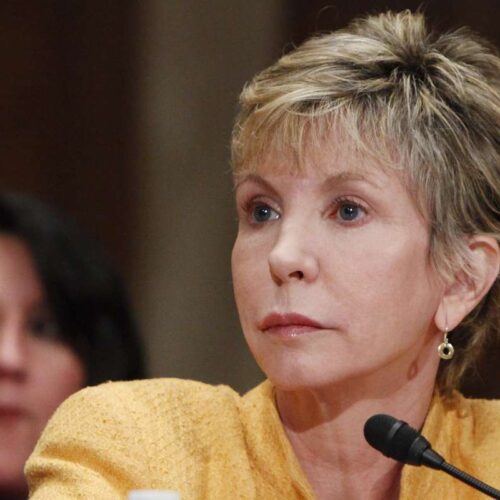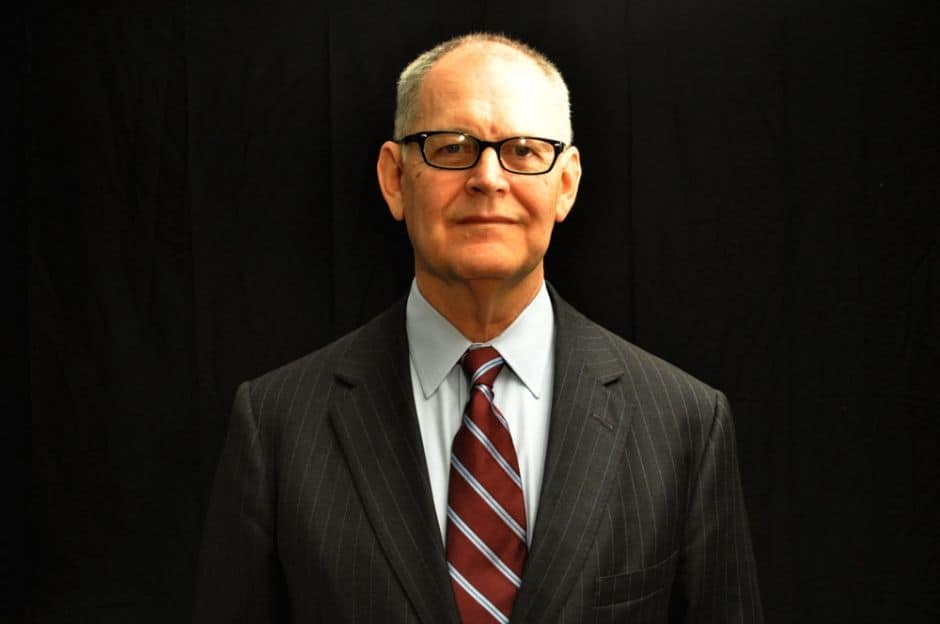Introduction
Health insurers invested a lot of what you paid them in premiums in an effort to get more of their friends elected to Congress. As the Center for Public Integrity reported last month, the political action committees of the 11 largest health insurers and their biggest trade group—America’s Health Insurance Plans (AHIP)—gave $10.2 million to federal politicians between January 2007 and August 2012. Most of that money went to Republicans who pledged to repeal or gut the Affordable Care Act.
The return on that investment was not so good. But that doesn’t mean insurers have come to accept that Obamacare must be implemented as Congress intended. On the contrary, even more of your premium dollars are about to be spent on a propaganda campaign to get the law changed to protect profits.
Even as insurers were helping to bankroll their friends’ campaigns, they were publicly expressing support for the reform law. AHIP president Karen Ignagni said in April 2010, a month after the president signed the Affordable Care Act, that her group was “strongly committed” to its “successful implementation.”
What she really meant is that insurers were committed to the parts of the law they like—such as one that requires us to buy coverage from them—but not so much to the ones that might negatively impact their bottom lines. Like those that will end the abusive practices that have enabled them to pad those bottom lines.
When Ignagni and insurance company executives speak, it is important to parse their words to understand what they are really saying. That’s just as true now as it was in 2010.
Here’s what Ignagni said after it was clear that her industry’s campaign investments had not paid off last Tuesday:
“Health plans are committed to working with policymakers to make coverage more affordable, promote choice and competition, and maintain a strong safety net for our nation’s most vulnerable populations. As the health care reform law is implemented, policymakers must prioritize affordability for consumers and employers. Several provisions in the law, such as the new premium tax, minimum coverage requirements, and age rating restrictions, need to be addressed to keep coverage as affordable as possible and ensure broad participation in the system.”
Take it from me, a 20-year veteran of the insurance industry: that line about commitment to a strong safety net for “our nation’s most vulnerable populations” is as insincere as the 2010 statement about being “strongly committed” to implementing reform. If industry leaders really cared a whit about the most vulnerable, millions of us would not be uninsured because of common industry practices — practices like refusing to sell coverage to those with pre-existing conditions and charging women and older people such high premiums that many have no option but to remain uninsured.
It takes a boatload of gall for an industry spokesperson to talk about affordability three times in three sentences as part of a statement so laden with obscure meaning that it will require multiple columns to decipher. So stay tuned. For today, though, let’s focus on what Ignagni meant by talking about age rating restrictions.
One of the most important consumer protections in Obamacare prohibits insurers from charging older people more than three times as much as younger people. Insurance company lobbyists have persuaded many state lawmakers to allow them to charge older folks five times as much as younger folks, and some states have no restrictions at all. As a result, many Americans in their 40s, 50s and early 60s can’t possibly afford coverage.
Insurers have no problem with that. As we age, we have greater need for medical care, and insurers would rather not have to pay for it. They much prefer to sell skimpy policies with relatively low premiums to young people who are less likely to get sick.
Ignagni’s group lobbied hard for a 5-1 old/young ratio during the reform debate—and even harder against the more restrictive ratio of 2-1 that Mitt Romney helped enact when he was governor of Massachusetts. So the 3-1 ratio in Obamacare was a compromise.
But even a 2-1 ratio can pose a real hardship for many people. A 2009 Boston Globe analysis revealed that an average policy in Massachusetts cost 32-year-olds $190.27 a month. The same policy cost 62-year-olds $376.96. Had the ratio been 5-1, it would have cost them almost $1,000 a month.
That’s just fine with Ignagni and her crowd, which will be spending an enormous amount of your money to make you believe that young people will be priced out of the market unless lawmakers change the age rating restriction. Insurers are brilliant when it comes to that sort of misdirection. Don’t fall for it. And don’t let your President and members of Congress fall for it either.
Read more in Health
Wendell Potter commentary
OPINION: ‘Disrupt’ the new buzzword of Obamacare opponents
Health
Blistering inspector general report says feds are failing to fight Medicaid home care fraud
IG has repeatedly warned Centers for Medicare and Medicaid Services about personal services program for home care


Join the conversation
Show Comments